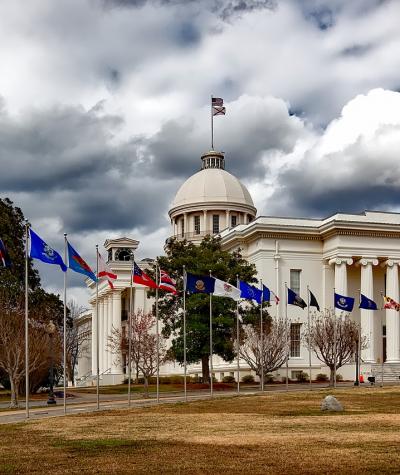Voting Rights Institute Sends a Letter to the DOJ Requesting Investigation After City Council Reduces Polling Places, Passes Mid-Decade Redistricting Plan
In early March, the Daphne, Alabama City Council voted to reduce the number of polling places in the city from five to two, including eliminating existing polling locations in areas of the city with black population concentrations. Fewer polling places often lead to longer wait and travel times, burden the ability of voters to cast ballots, and discourage people from voting. The plan was opposed by African American civic leaders, but narrowly passed in a 4-3 vote.
That very same day, the Daphne City Council also approved a mid-decade re-redistricting plan whose impact on the black community is at best unclear, since the city does not appear to have undertaken the appropriate review of the plan’s effects on the black voting age population in each district and its impact on black voting strength. Redistricting plans can sometimes dilute minority voting strength and when they do, violate Section 2 of the Voting Rights Act.
The Voting Rights Institute sent a letter this week to the Department of Justice calling on it to investigate the Daphne City Council’s latest measures and to take appropriate action.
This election, we continually hear reports of voters being harmed thanks to new measures, like this one in Alabama, which make it more difficult to vote.
In North Carolina, for example, the state’s new Voter ID law went into effect for the first time during its March 15 primary, reportedly disenfranchising 218,000 registered voters in the state who do not have an acceptable form of government-issued ID. This included U.S. Senator Richard Burr (R-NC), who had to cast a provisional ballot because he didn’t have an acceptable form of identification.
Then, two weeks later, in Maricopa County, Arizona’s most populated region, people reportedly waited five hours to cast a ballot in the primary on March 28, after the state reduced the number of polling places from 200 to 60 to “save money.” Some voters with limited time to vote (e.g., workers on their lunch hour, parents needing to pick up children at day care) undoubtedly saw the long lines and left without voting.
For close to 50 years, measures such as these would have had to have been submitted to the Department of Justice or a federal court in Washington, D.C. to ensure that they did not have a discriminatory effect on minority communities. However, in 2013, the Supreme Court invalidated in Shelby County v. Holder, the formula that determined which jurisdictions have to submit changes to their electoral practices and procedures to the federal government for preclearance review.
This means that organizations such as the Voting Rights Institute must now vigilantly monitor voting changes in state and local jurisdictions across the country, to ensure that new voting laws and rules being implemented do not harm voters. It is a particularly troublesome development because such measures would have been previously blocked by the preclearance provisions of the Voting Rights Act from becoming law.
If you hear of a possible voting rights violation in your state or locality, please contact the Voting Rights Institute at [email protected] or through our website at www.votingrightsinstitute.org.
